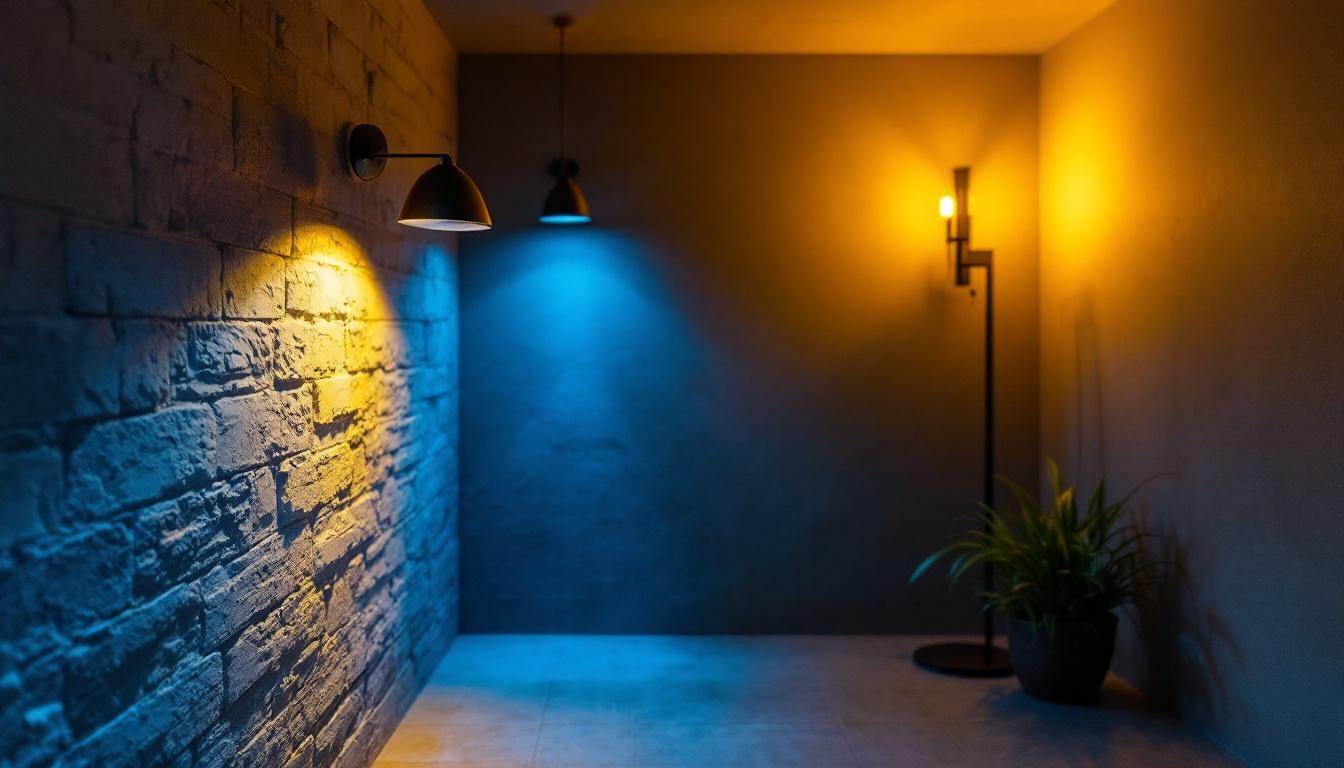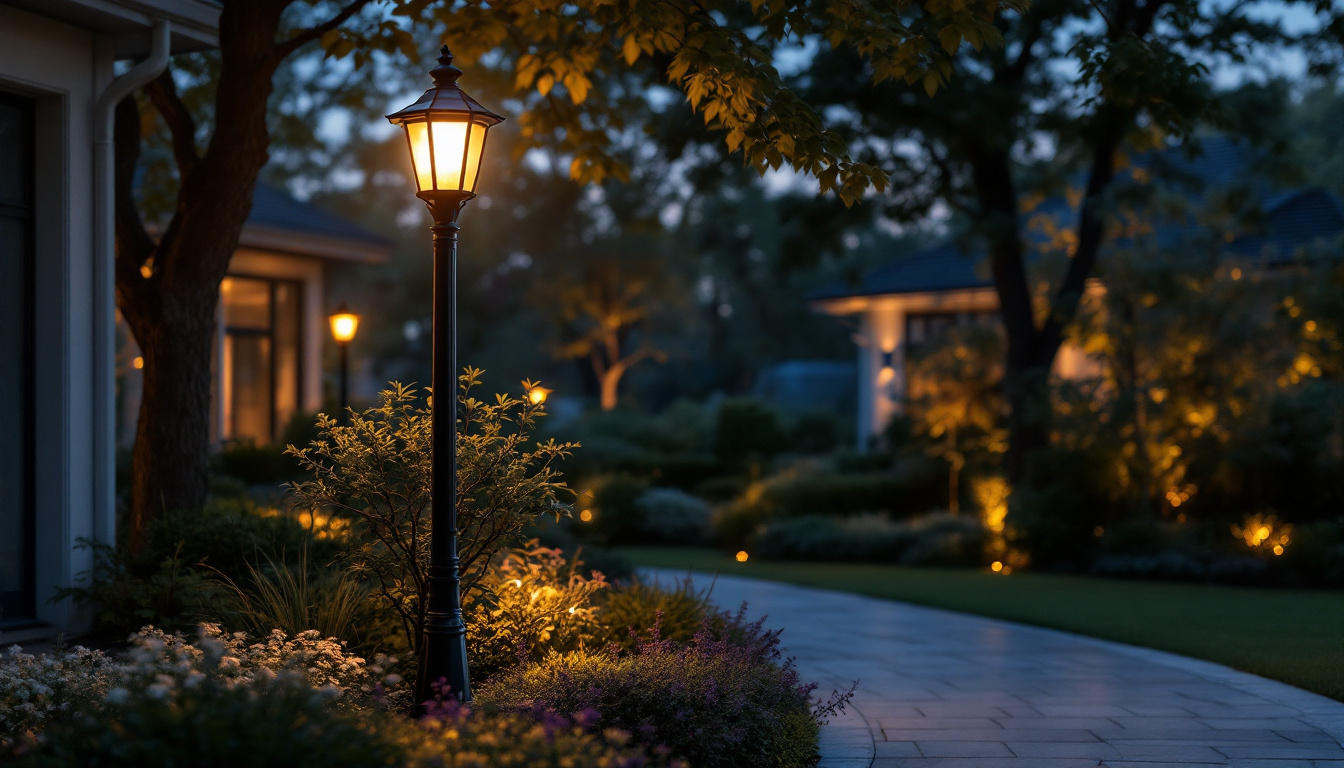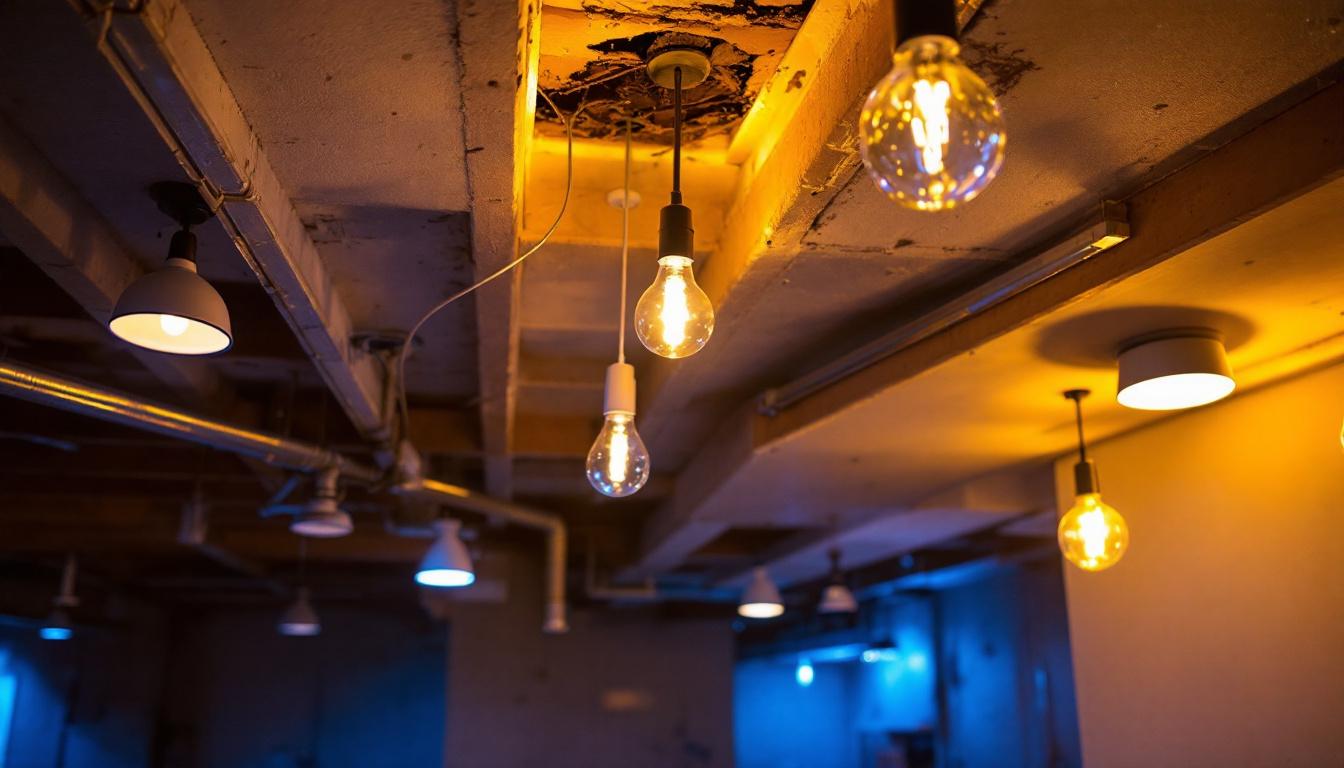
In the ever-evolving world of lighting design and installation, the choice of light bulbs can significantly impact both aesthetics and functionality. As a lighting professional, understanding the various types of bulbs available on the market is crucial for delivering optimal solutions to clients. This article serves as a comprehensive checklist for lighting contractors, ensuring that all essential factors are considered when selecting light bulbs for sale.
The first step in making informed decisions about light bulb selection is to familiarize oneself with the different types available. Each type of bulb has its unique characteristics, advantages, and disadvantages, which can affect the overall lighting design.
Incandescent bulbs have been a staple in residential and commercial lighting for decades. They produce a warm light that many find appealing, making them suitable for various applications. However, they are less energy-efficient compared to newer technologies.
When considering incandescent bulbs, it’s essential to evaluate their wattage and lumens. A higher wattage typically means more light output, but it also translates to higher energy consumption. For projects focused on sustainability, incandescent bulbs may not be the best choice. Additionally, the heat generated by incandescent bulbs can be a concern, especially in enclosed fixtures or small spaces, as it may contribute to increased cooling costs during warmer months.
CFLs are a more energy-efficient alternative to incandescent bulbs. They use about 75% less energy and have a longer lifespan. However, they can take time to warm up and provide full brightness, which may not be ideal for all applications.
When selecting CFLs, consider the color temperature and the bulb’s compatibility with dimmer switches. Some CFLs are not designed to work with dimmers, which can limit their versatility in lighting design. Moreover, while CFLs contain a small amount of mercury, proper disposal is crucial to prevent environmental contamination. Many communities offer recycling programs specifically for fluorescent bulbs, making it easier to dispose of them responsibly.
LEDs have rapidly gained popularity due to their exceptional energy efficiency and longevity. They can last up to 25 times longer than incandescent bulbs and consume significantly less energy. This makes them a cost-effective choice for both residential and commercial projects.
When choosing LEDs, pay attention to the color rendering index (CRI) and color temperature. A higher CRI indicates that the light will render colors more accurately, which is particularly important in settings like art galleries or retail stores. Additionally, LEDs are available in a wide range of styles and shapes, allowing for creative lighting solutions that can enhance the aesthetic of any space. From sleek, modern designs to vintage-inspired options, the versatility of LEDs makes them suitable for a variety of applications, including accent lighting, task lighting, and even outdoor illumination.
Energy efficiency is a critical consideration for lighting professionals. Not only does it impact the operational costs for clients, but it also aligns with sustainability goals. Understanding how to evaluate the energy efficiency of light bulbs can help in making informed decisions.
Traditionally, wattage was the primary measure of a bulb’s brightness. However, with the advent of energy-efficient lighting technologies, lumens have become the standard measurement. Lumens indicate the total amount of visible light emitted by a source.
When selecting bulbs, focus on the lumens per watt ratio to assess energy efficiency. A higher ratio indicates a more efficient bulb, which can lead to significant energy savings over time.
For those looking to guarantee energy efficiency, consider selecting bulbs that have received Energy Star certification. This certification indicates that the product meets strict energy efficiency guidelines set by the U.S. Environmental Protection Agency.
Using Energy Star certified bulbs not only helps in reducing energy consumption but can also be a selling point for clients who are environmentally conscious. It demonstrates a commitment to sustainability and responsible energy use.
Color temperature and color rendering index (CRI) are vital factors that influence the overall ambiance of a space. Understanding these concepts can help lighting professionals create the desired atmosphere for their clients.
Color temperature is measured in Kelvin (K) and describes the appearance of the light emitted by a bulb. Lower Kelvin values (around 2700K) produce a warm, yellowish light, while higher values (above 5000K) yield a cooler, bluish light.
When selecting bulbs, consider the intended use of the space. For example, warm light is often preferred in residential settings for a cozy atmosphere, while cooler light may be more suitable for offices or commercial spaces where clarity and focus are essential.
The CRI measures a light source’s ability to accurately render colors compared to natural light. A CRI of 100 represents the best color accuracy, while lower values indicate reduced color fidelity.
For applications where color accuracy is crucial, such as in photography studios or retail environments, opting for bulbs with a high CRI is essential. This not only enhances the aesthetic appeal but also ensures that products are displayed in their true colors.
The lifespan of a light bulb is a significant factor in determining its overall cost-effectiveness. Understanding the expected lifespan of different bulb types can help in making better choices for clients.
Incandescent bulbs typically last around 1,000 hours, while CFLs can last up to 10,000 hours. In contrast, LEDs can last anywhere from 15,000 to 50,000 hours, making them the most durable option available.
When discussing options with clients, emphasize the long-term savings associated with choosing longer-lasting bulbs. Although the initial investment may be higher for LEDs, the reduced need for replacements and lower energy costs can lead to significant savings over time.
Maintenance is another critical aspect to consider when selecting light bulbs. Some bulbs require more frequent replacements, which can lead to increased labor costs and downtime.
For high-ceiling installations or hard-to-reach areas, opting for longer-lasting bulbs can minimize maintenance efforts. This is particularly important in commercial settings, where disruptions can impact business operations.
Ensuring that light bulbs are compatible with existing fixtures and control systems is essential for a successful installation. This consideration can prevent issues down the line and enhance the overall performance of the lighting design.
Before purchasing light bulbs, it’s crucial to verify their compatibility with the fixtures being used. Different fixtures may require specific bulb types, sizes, or bases. For example, some fixtures may only accommodate standard A19 bulbs, while others may require specialty shapes.
Additionally, consider the wattage limitations of the fixtures. Exceeding the recommended wattage can lead to overheating and potential fire hazards. Always refer to the fixture specifications to ensure safe and efficient operation.
Many modern lighting designs incorporate control systems, including dimmers and smart technology. However, not all bulbs are compatible with these systems. For instance, some CFLs and LEDs may flicker or fail to dim properly when used with traditional dimmer switches.
To avoid complications, select bulbs that are specifically labeled as dimmable if dimming is required. Additionally, consider the type of dimmer being used, as some may work better with certain bulb technologies than others.
budget constraints are a reality in many lighting projects. Understanding the cost implications of different bulb types can help lighting professionals make informed decisions that align with their clients’ financial limitations.
While incandescent bulbs may have a lower upfront cost, their shorter lifespan and higher energy consumption can lead to increased expenses over time. Conversely, investing in LEDs may require a higher initial investment but can result in substantial savings in energy bills and replacement costs.
When discussing options with clients, provide a cost analysis that outlines the long-term savings associated with more energy-efficient bulbs. This can help justify the initial investment and encourage clients to consider sustainable options.
Many utility companies and government programs offer incentives and rebates for energy-efficient lighting upgrades. Encourage clients to explore these opportunities, as they can significantly reduce the overall costs of purchasing and installing energy-efficient bulbs.
Staying informed about available incentives can also enhance the value proposition for clients, making energy-efficient lighting solutions more accessible and appealing.
The lighting industry is continually evolving, with new technologies and trends emerging regularly. Staying informed about these developments can help lighting professionals remain competitive and provide the best solutions for their clients.
New lighting technologies, such as smart bulbs and tunable white lighting, are gaining popularity in both residential and commercial markets. These innovations offer enhanced control and customization, allowing users to adjust brightness and color temperature based on their preferences.
By keeping abreast of these trends, lighting professionals can offer cutting-edge solutions that meet the evolving needs of clients. This not only enhances client satisfaction but also positions the contractor as a knowledgeable expert in the field.
Engaging with industry associations, attending trade shows, and participating in workshops can provide valuable insights into the latest lighting trends and technologies. Networking with peers can also lead to collaborative opportunities and shared knowledge.
Investing time in professional development can help lighting professionals stay ahead of the curve and offer innovative solutions that set them apart from competitors.
Choosing the right light bulbs for any project requires careful consideration of various factors, including bulb type, energy efficiency, color temperature, lifespan, compatibility, and budget. By following this essential checklist, lighting professionals can make informed decisions that enhance their projects and satisfy client needs.
As the lighting industry continues to evolve, staying updated on trends and innovations will be crucial for success. Embracing new technologies and understanding the intricacies of lighting design can lead to more effective solutions and a brighter future for both contractors and their clients.
Ready to elevate your lighting projects with the best in spec-grade lighting products? Look no further than LumenWholesale, where we offer an extensive selection of top-quality lighting solutions at unbeatable wholesale prices. Say goodbye to inflated markups and hello to reliable, high-performance lighting that meets the highest industry standards. With free shipping on bulk orders, you can get premium lighting at the best value — all without hidden fees or compromises. Enhance your lighting designs today and experience the perfect blend of quality, affordability, and convenience. Visit LumenWholesale for Wholesale Lighting at the Best Value.

Discover expert insights from lighting contractors on selecting the perfect basement lamp.

Discover the essential guide for lighting contractors in “Online LED Store: The Ultimate Handbook.” Explore top tips, product insights, and industry trends to elevate your projects and streamline your purchasing process..

Discover essential insights into outdoor lamp posts with our comprehensive guide tailored for lighting contractors.

Discover how the right lighting can transform your unfinished basement ceiling from an overlooked space into a functional and inviting area.